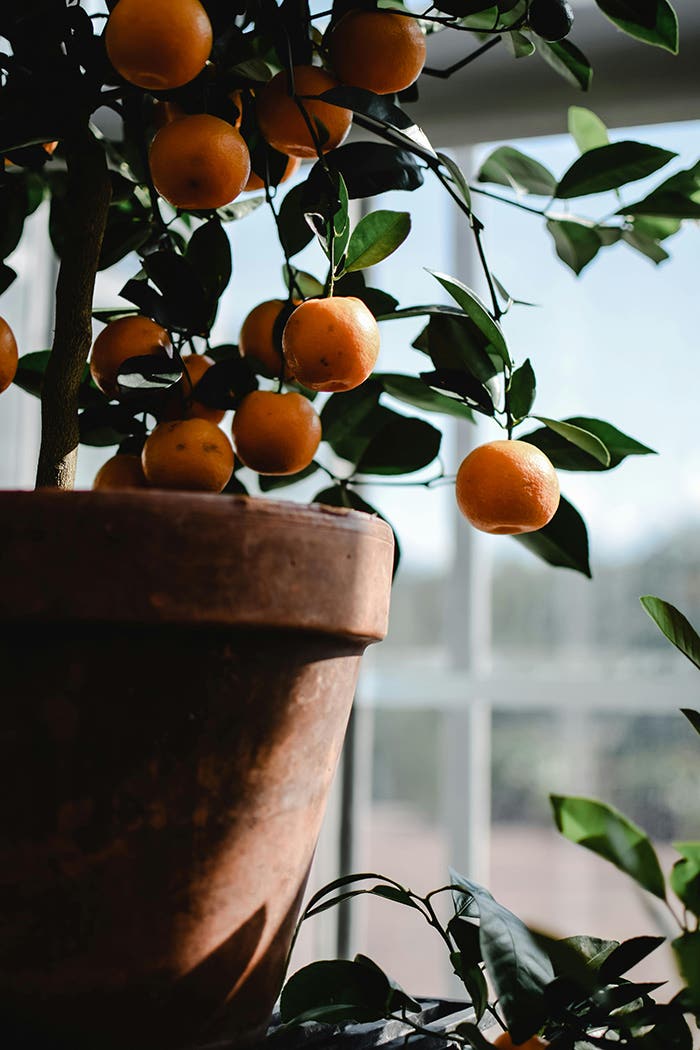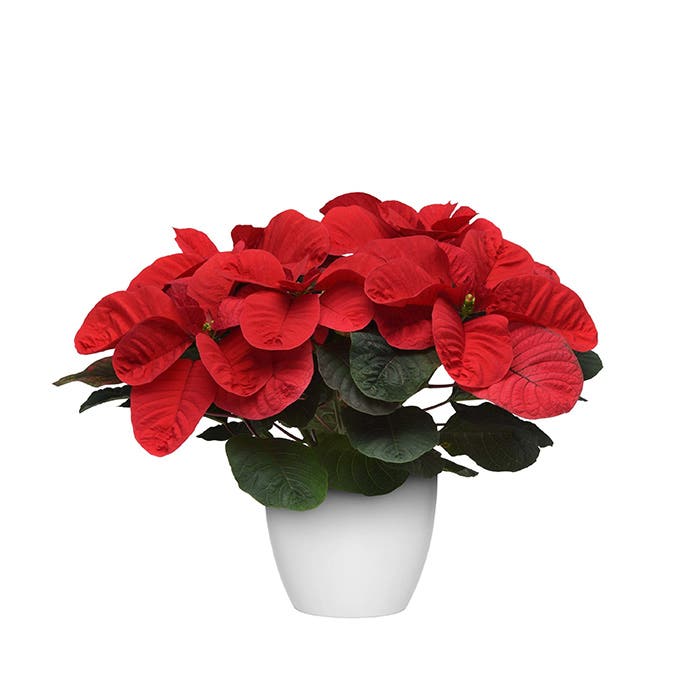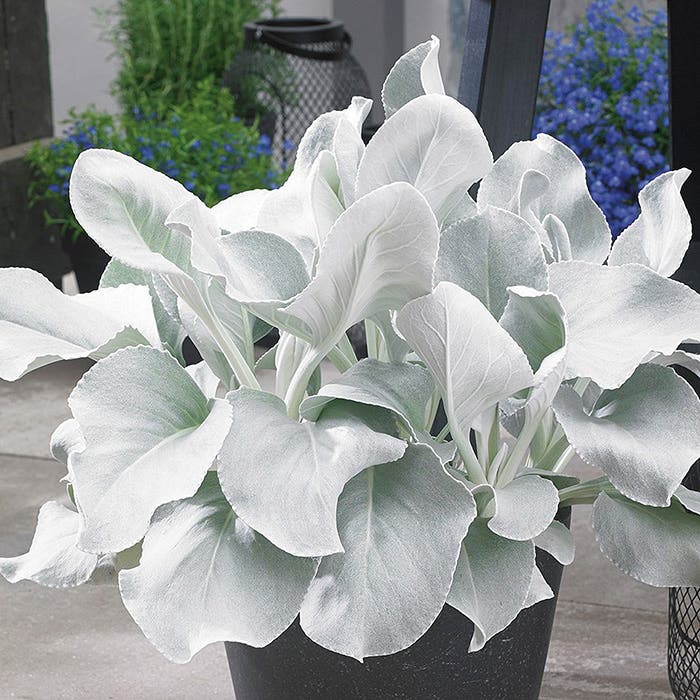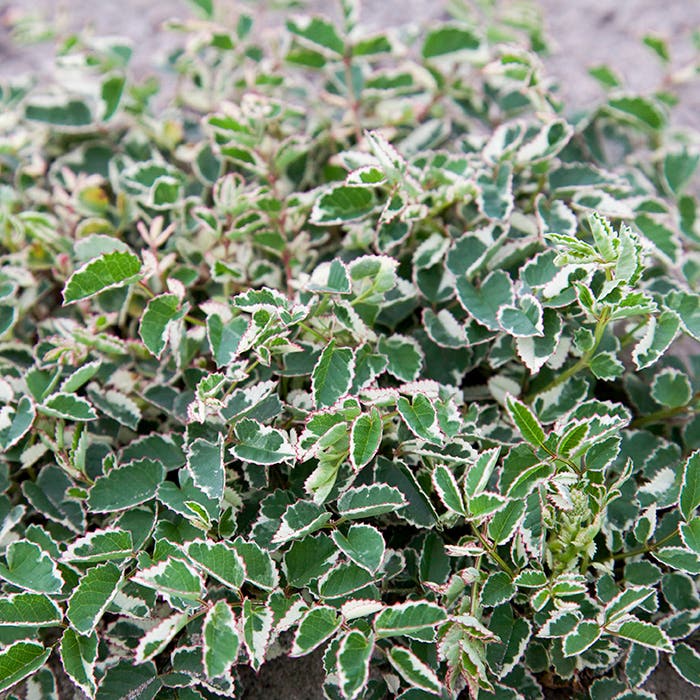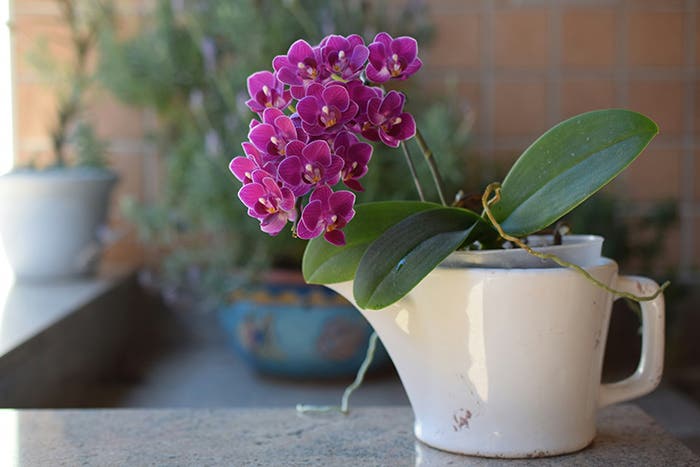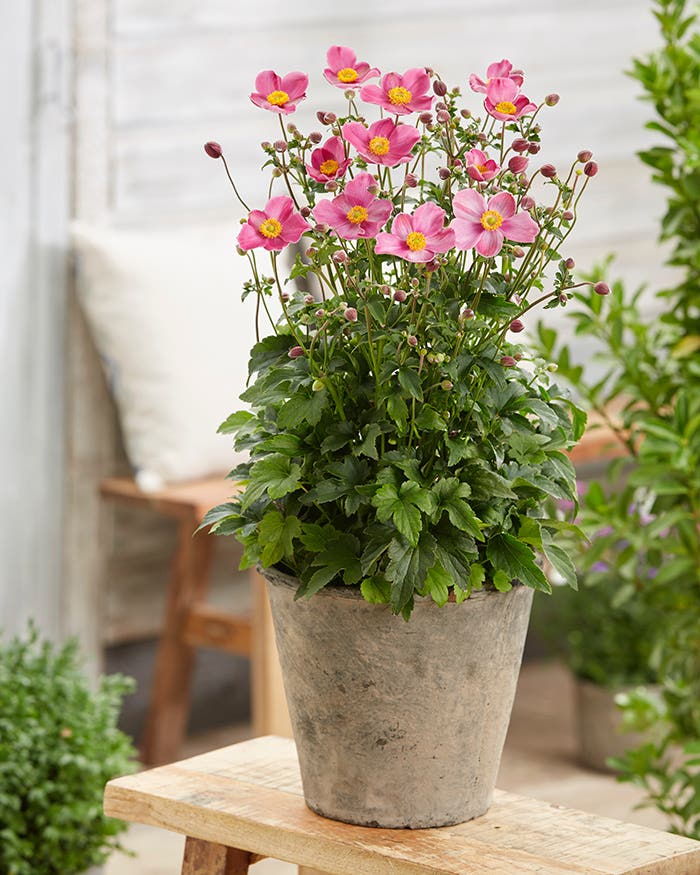Houseplants Outside: Tips for Choosing and Using Them
These work beautifully indoors and out.
Take a trip to your local garden center in spring and you’ll likely see a wide selection of beautiful annuals and perennials to add to your garden. If you’re in the mood for something different this year, though, head inside to look at the houseplants. These tropicals thrive outdoors, especially during the heat of the summer, and they can be particularly valuable for adding bold color and texture to shaded spots where many gardeners struggle to find interesting, colorful plants they like.
Though we don’t typically think of houseplants as outdoor plants, they do originate from tropical areas of South America, Africa and Asia. The summer heat and humidity many of us face isn’t a problem for these plants. In fact, they thrive in it. And, houseplants offer a unique benefit: they can come indoors for the winter, so you don’t need to replace them every year like you do traditional shade-loving annuals.
Chic Containers and Quirky Groundcovers
Tropical houseplants are naturals for container gardens in shaded spots. Snake plant (Sansevieria trifasciata) is as easy to grow outside as it is in your living room, for example, and it lends dramatic texture to traditional potted annuals. Various types of dracaena and dieffenbachia can also act as amazing focal points to bring much-desired vertical flair to planters. Options such as the low-water ZZ plant (Zamioculcas zamiifolia) are sure-fire choices for shaded window boxes that can be tough to irrigate during the heat of the summer.
Kokedama, or string gardens, are all the rage and most houseplants are well suited to this interesting treatment. Pot up your favorite ferns, including bird’s nest (Asplenium nidus), blue star (Phlebodium aureum), or maidenhair (Adiantum spp.) in a moss ball and display them on your patio table or hang them from trees to create a magical feel.
Low-growing houseplants, such as baby tears (Soleirolia soleirolii), waffle plant (Hemigraphis alternata), pothos (Epipremnum aureum) and prayer plant (Maranta leuconeura) grow fast outdoors over the summer, when they can act as cheerful and colorful groundcovers for the front of the border, in between steppingstones along shaded pathways or edging patios that don’t see a lot of sun.
Statement-making Color
If you crave color, croton (Codiaeum variegatum) is one plant you must grow. ‘Petra’ is perhaps the most common variety, with big green leaves veined in yellow and shaded with orange and red. Look around and you can usually find other fine varieties, such as ‘Zanzibar’, which is clothed in long, narrow leaves dotted with purple, red, yellow, orange and green and shows off one-of-a-kind texture. Crotons are fabulous mates to amp up the interest alongside ferns, hostas or various heucheras. If you’re looking for all-out color, combine crotons with brightly colored New Guinea impatiens, coleus or begonias.
Anthuriums are one of the few houseplants that offer a reliable supply of showy flowers. Given their rich leaves and exotic blooms, you may be amazed at how long the flowers last in warm, humid summer conditions. While red is the most common shade, look around and you might also find pink, orange, white and purple types, as well as those with bicolor blooms. Anthuriums are stunning when planted in large clusters, but they also make excellent companions to other houseplants, as well as variegated Carex, Astilbe and Caladium.
In spots with deep shade and very little or no direct sun, red aglaonema is a can’t-miss plant pick. Showing off foliage playfully variegated in shades of red, pink, white and chartreuse, it’s as easy to care for outdoors as it is indoors, where it’s one hard-to-kill houseplant. Red aglaonema varieties such as ‘Siam Aurora’ or ‘Red Emerald’ are showstoppers with old-school begonias or impatiens, or with other variegated plants, including lungwort (Pulmonaria spp.) or no-fuss epimediums and hellebores.
Indoor/Outdoor Plants: 6 Simple Tips for Success
1. The easiest way to incorporate houseplants into your shade garden is to plant them right in their pots—in other words, dig a hole and plant them pot and all. That way, come fall you can lift them right out of the ground. This avoids the shock of digging them up and repotting them, and they skip adapting from growing in a soilless mix at the greenhouse, to growing in your garden soil, and back to a soilless mix for winter.
2. Because most houseplants are tropical, it’s best to wait to bring them out in spring until night temperatures no longer dip below 50˚F or so. Likewise, bring them indoors in fall when temperatures begin to bottom out near 50˚F.
3. If you keep your houseplants outside in the shade, you don’t typically need to do much to acclimate them to indoor conditions at the end of the season. But if you grow houseplants outdoors in a sunny spot, prepare them for lower light conditions by putting them in shade for a couple of weeks before bringing indoors. Likewise, when they move back out in spring, give them a transitional period in the shade before moving them into the sun.
4. Prevent pests from hitchhiking indoors by examining plants thoroughly, especially the undersides of the leaves and the junction of the leaf and stem. Hosing plants down with a strong stream of water from the garden hose before and after examination can help dislodge insects. Treat pests with insecticidal soap or neem oil.
5. Don’t worry if you see some leaf loss; it’s natural for some leaves to go yellow and drop when moved from outdoors to in.
6. If the plants have flourished in the garden such that they’re too large to accommodate inside, bring cuttings of your favorites indoors for winter to nurture and grow on. They’ll add a dash of indoor color, texture, and air purification to your home or office during the long, dark and cold winter months and be ready to contribute to the garden come summer.
This article first appeared in the May/June 2017 issue of Horticulture.


